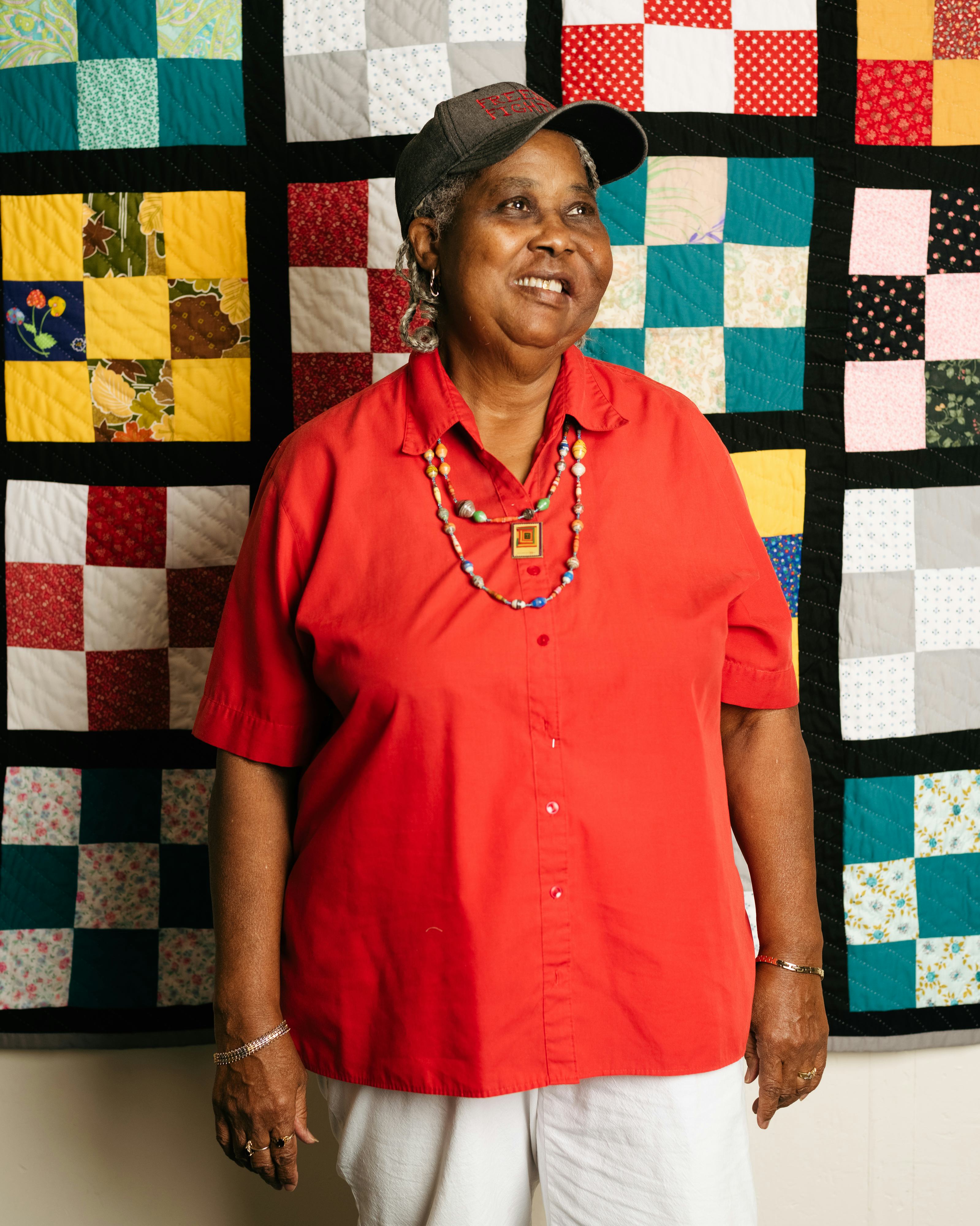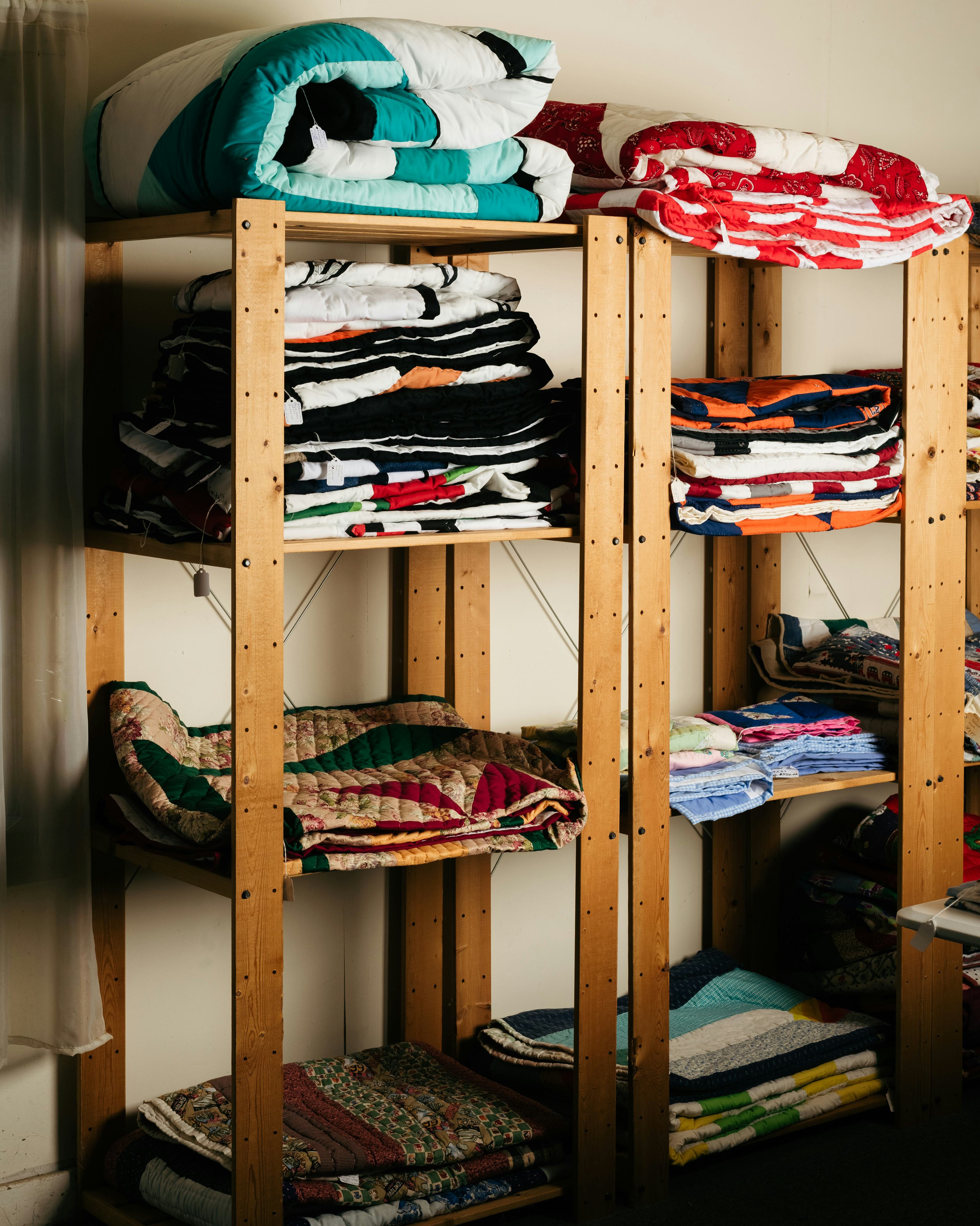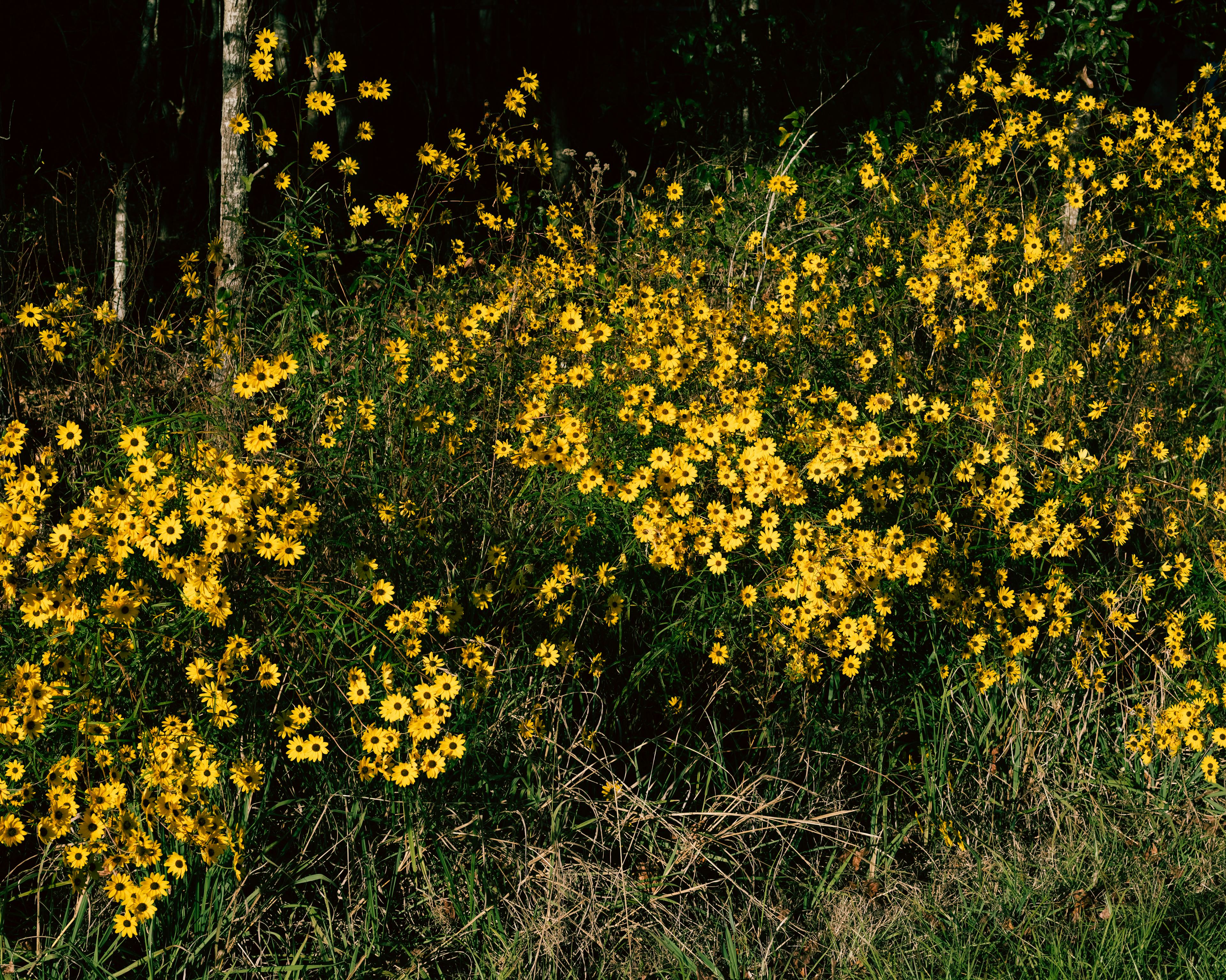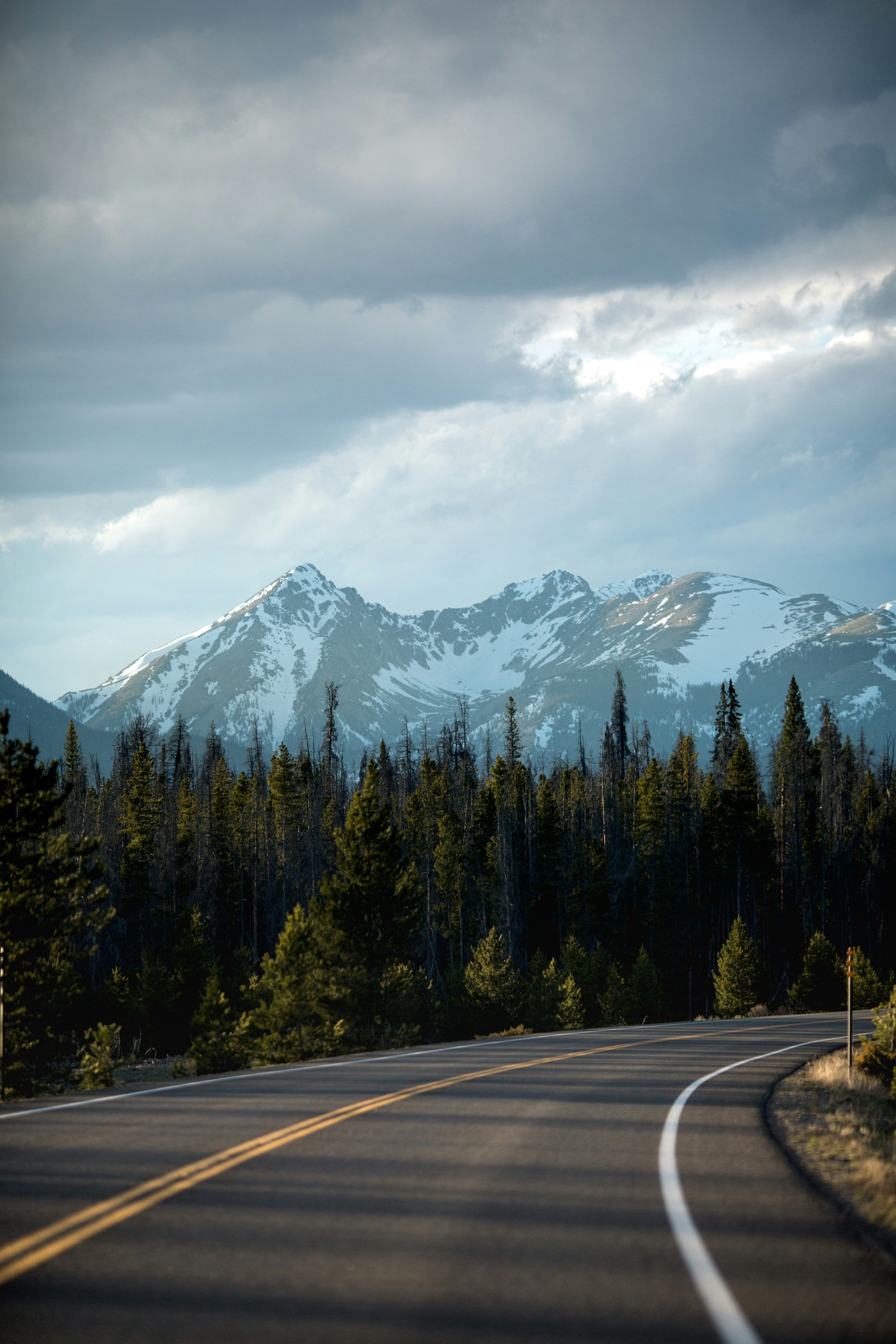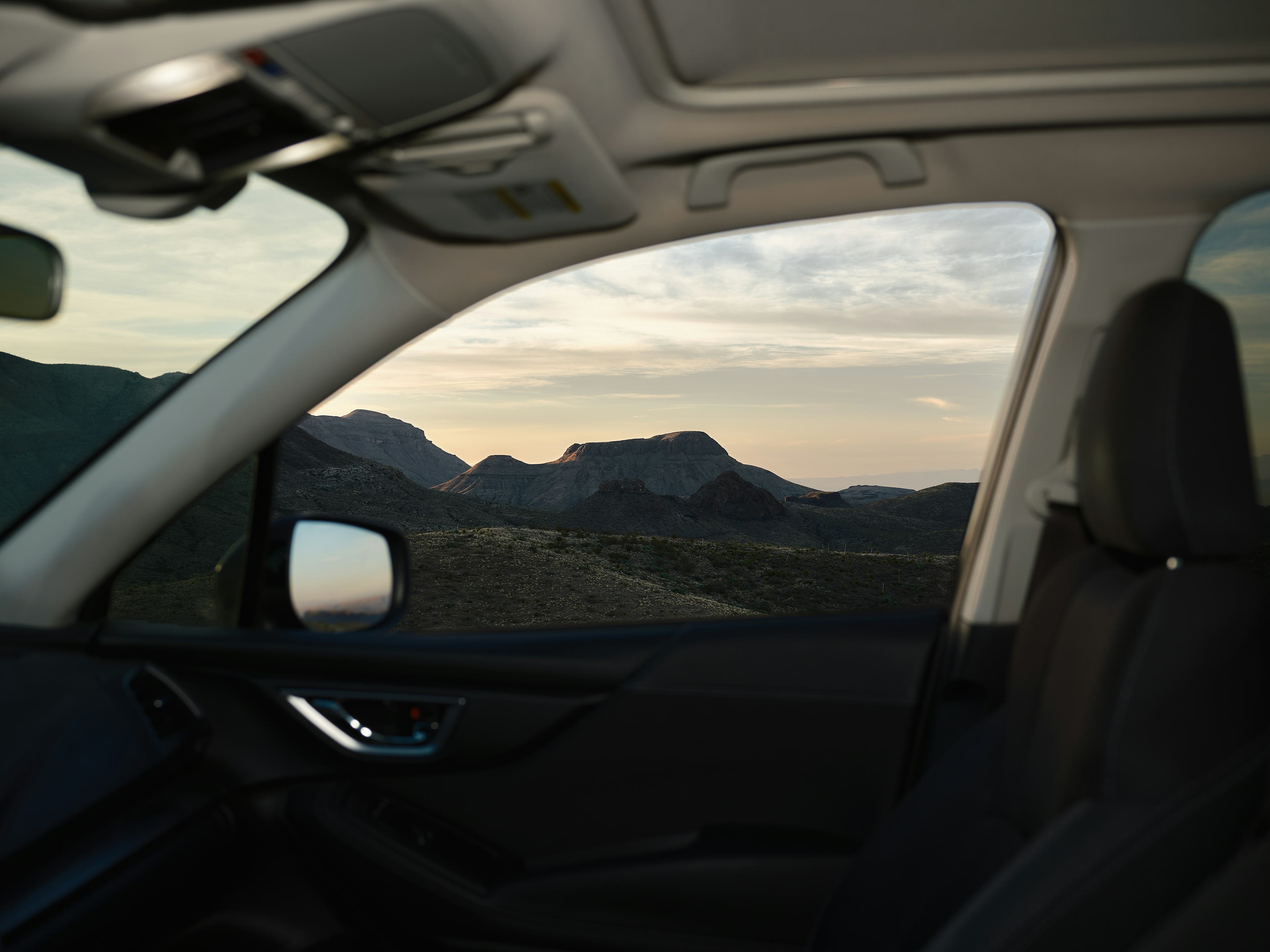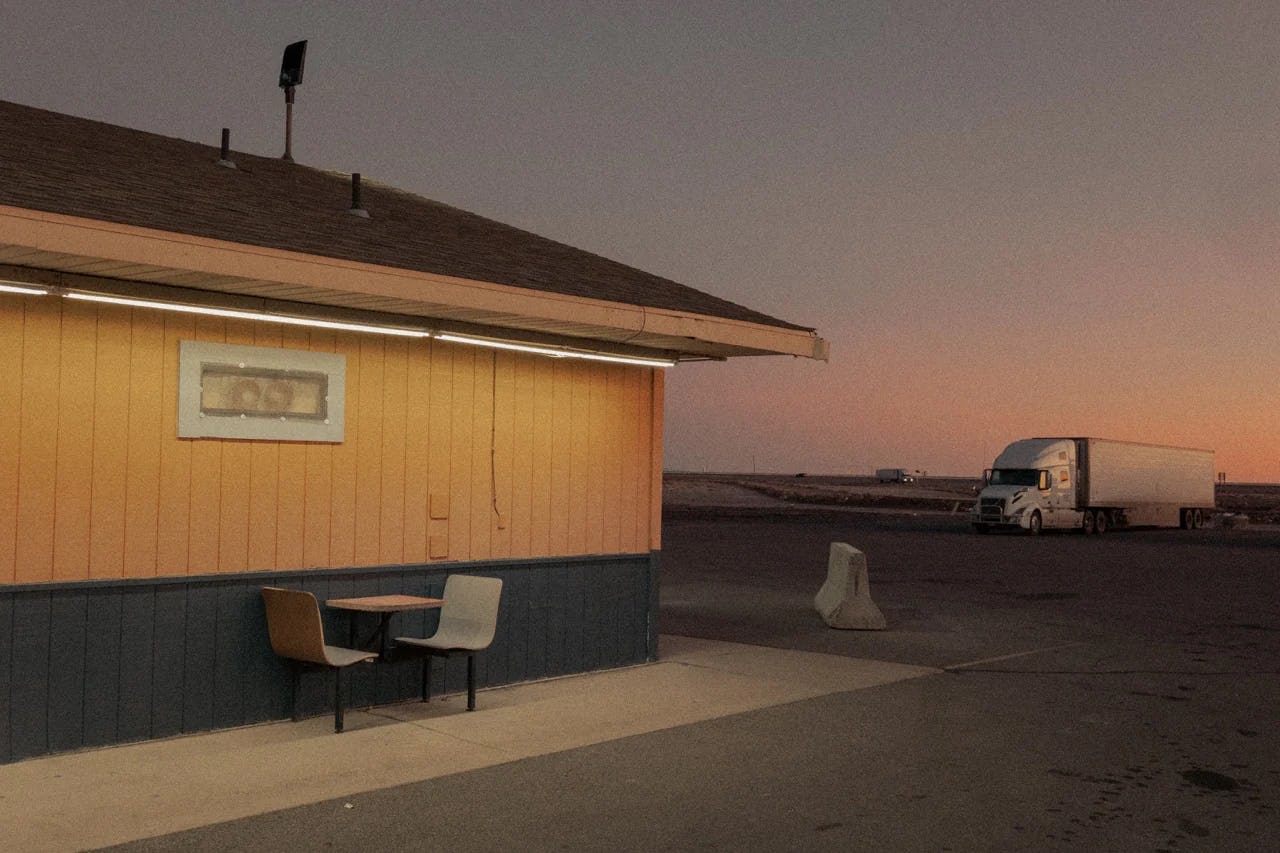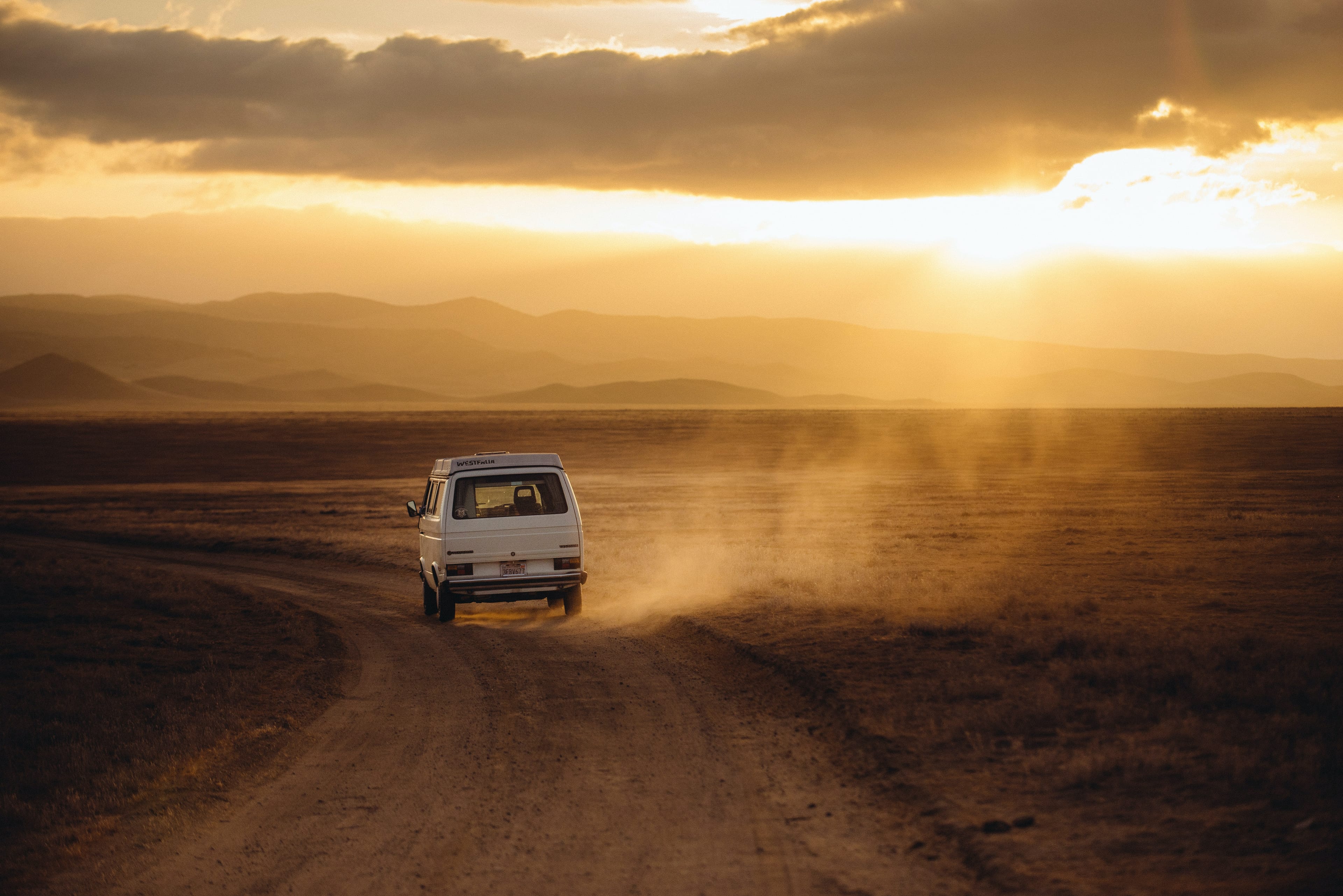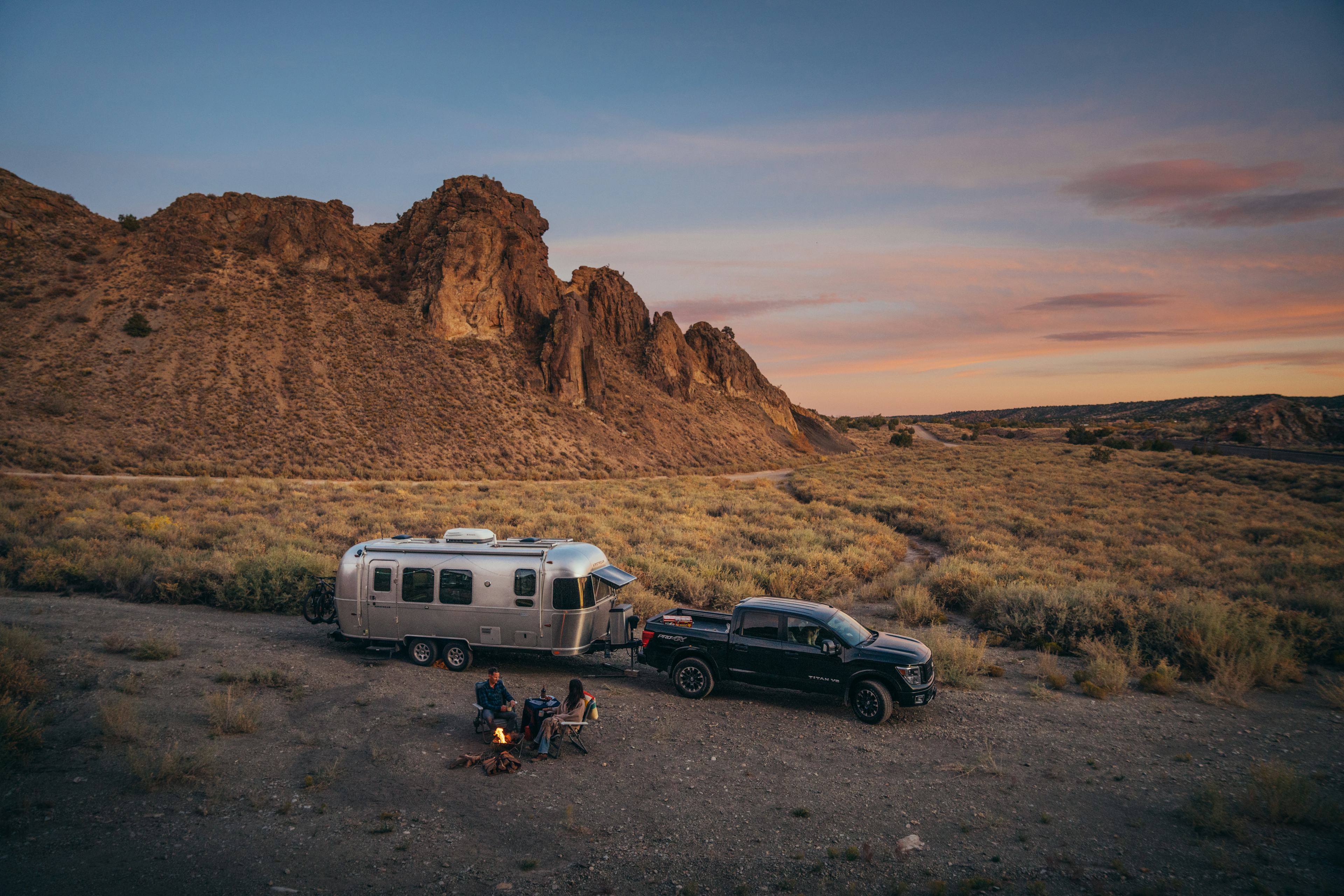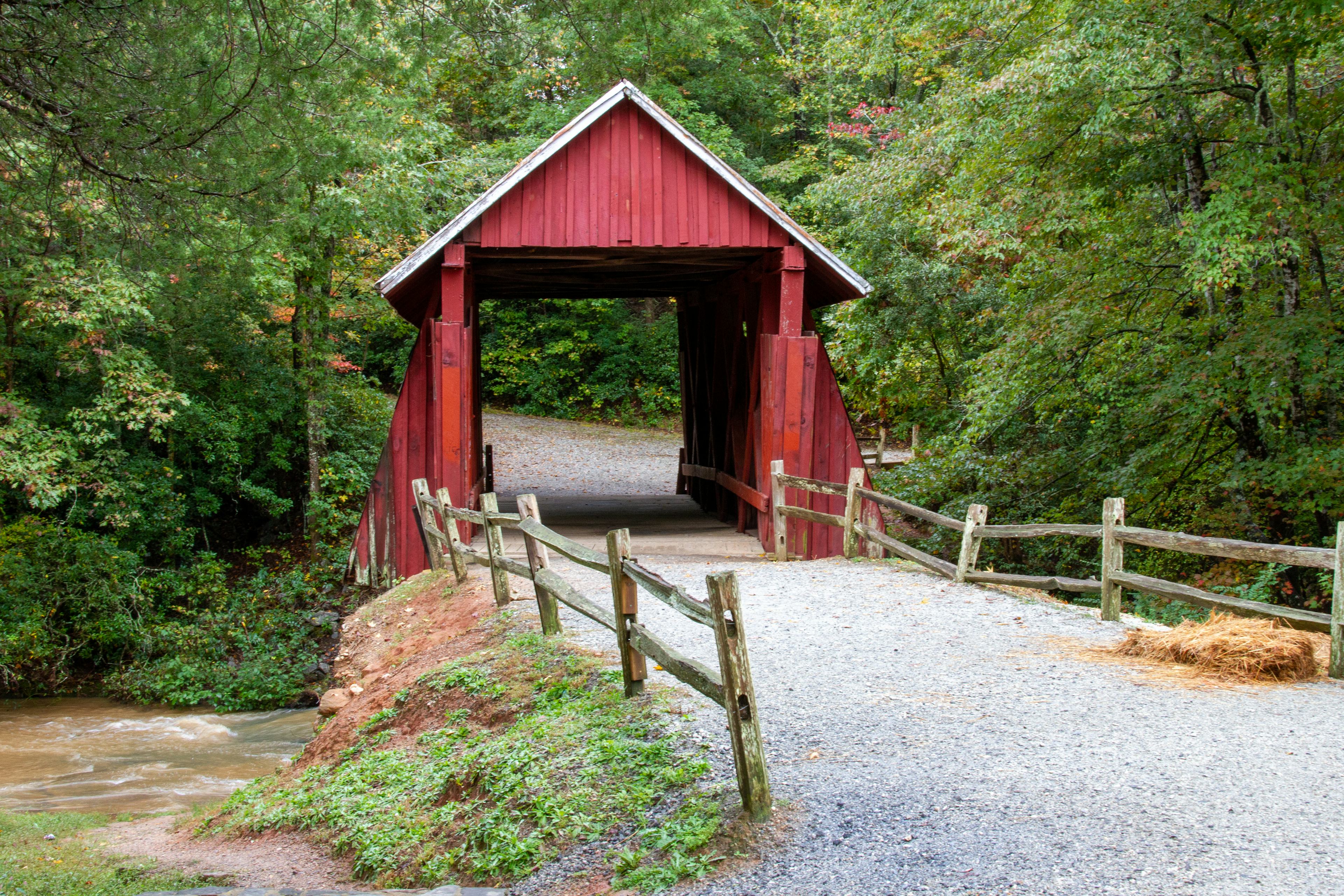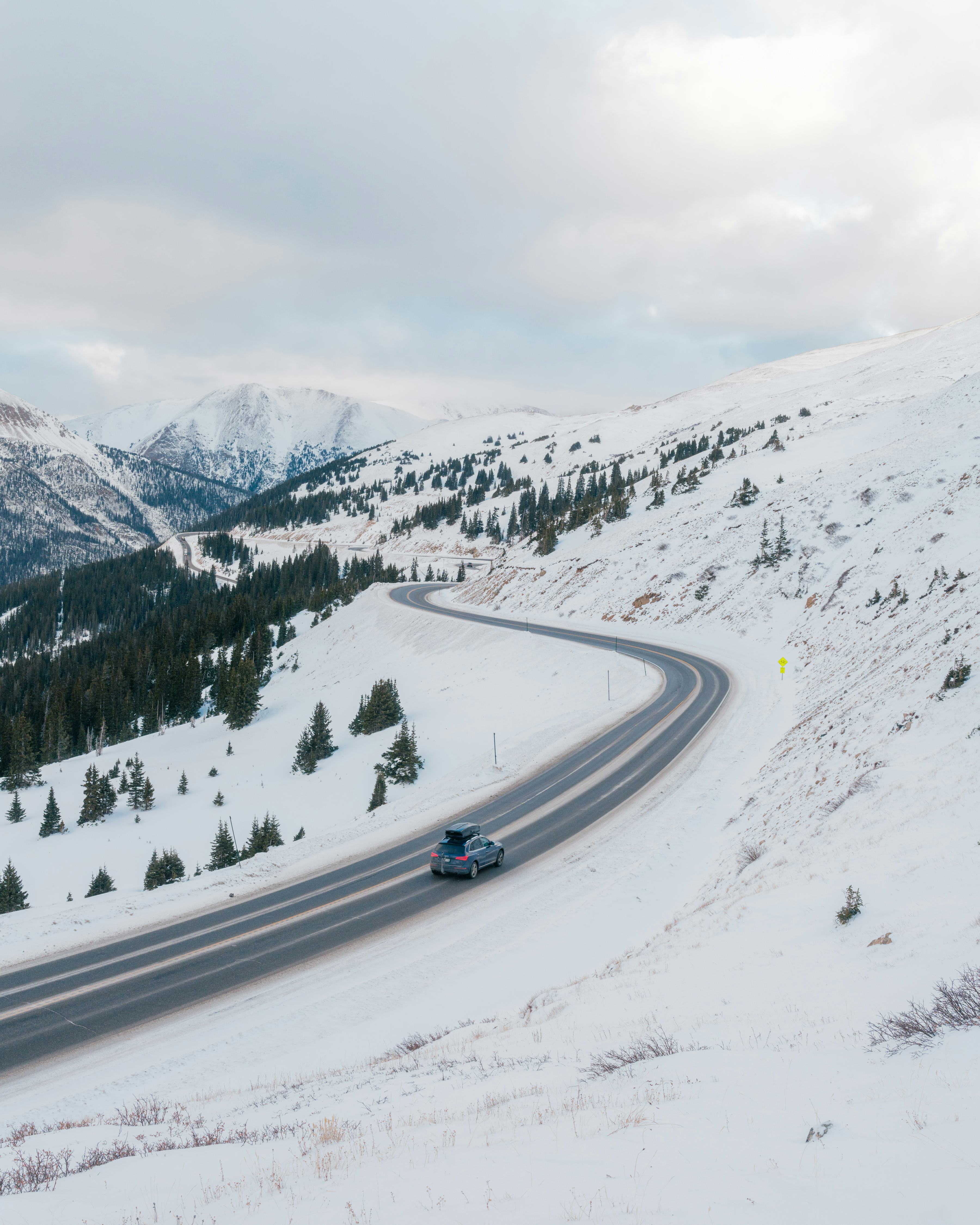Sweet Roam Alabama
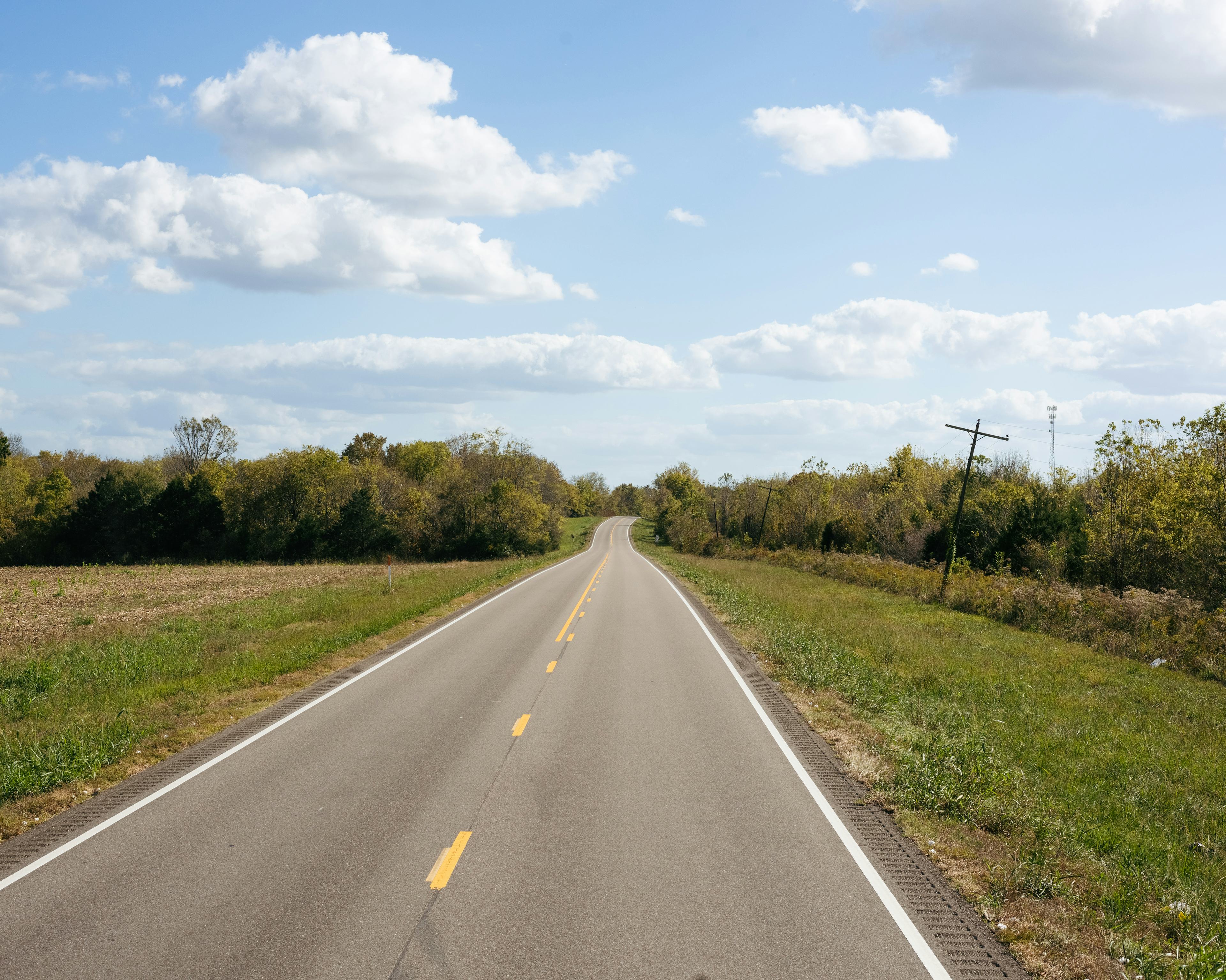
Long country road down Alabama's Black Belt.
Discover deep-rooted history, still-wild waters and a Greek take on Southern cooking.
The highway signs welcome you to “Alabama the Beautiful”—a simple slogan, one any state might adopt. But follow the interstates to their confluence in Birmingham and you’ll find the heart of the state making good on the claim in unexpected ways. The Magic City owes its nickname to steel-era prosperity, a result of mineral wealth in the surrounding Appalachian foothills. From these highlands flows one of the country’s most biodiverse rivers: the Cahaba. It wends south, through forests of oak and longleaf pine, into the farm country of the Black Belt, named for its fertile earth and for generations of enslaved Black laborers who once tilled it. Today, a trip down the region's two-lane roads reveals plenty of cultural revival, tightly bonded communities and complexity in the state’s promised beauty.
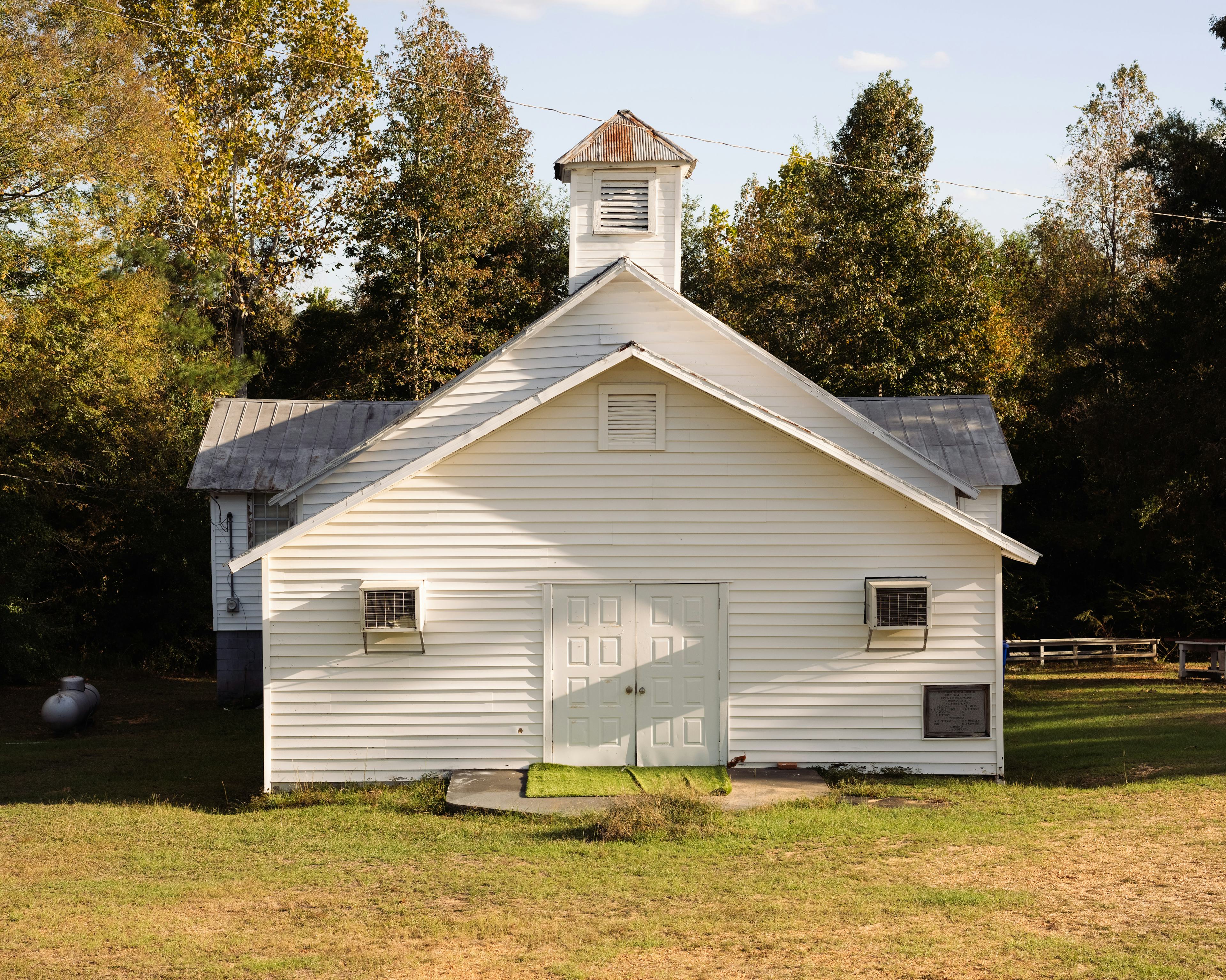
Day 1
All across the South, the phrase “meat and three” denotes a plate (or styrofoam clamshell) loaded with a protein and three “vegetables.” Country-cooking and soul-food variations abound in metro Birmingham, but the city distinctly claims the “Greek and three,” the plate-lunch legacy of Hellenic immigrants seeking steel-mill jobs in the early 20th century. They and their descendants opened restaurants that serve time-honored Southern sides like collards and mac-and-cheese alongside saucy keftedes (meatballs) and garlicky souvlaki.
Niki’s West is a favorite, at North Birmingham’s industrial edge, with a cafeteria-style steam table that stretches to infinity. (Highlights: lemon-pepper catfish, lamb with mint jelly, turnip greens.) Ted’s is the place on the livelier Southside, serving a rich pastitsio (baked pasta) and frying some mean chicken livers. Nearby, watch a hologram of Satchel Paige pitch at the memorabilia-packed Negro Southern League Museum. Then it’s beers at The Garage, a leafy courtyard bar that feels like a backyard hang.
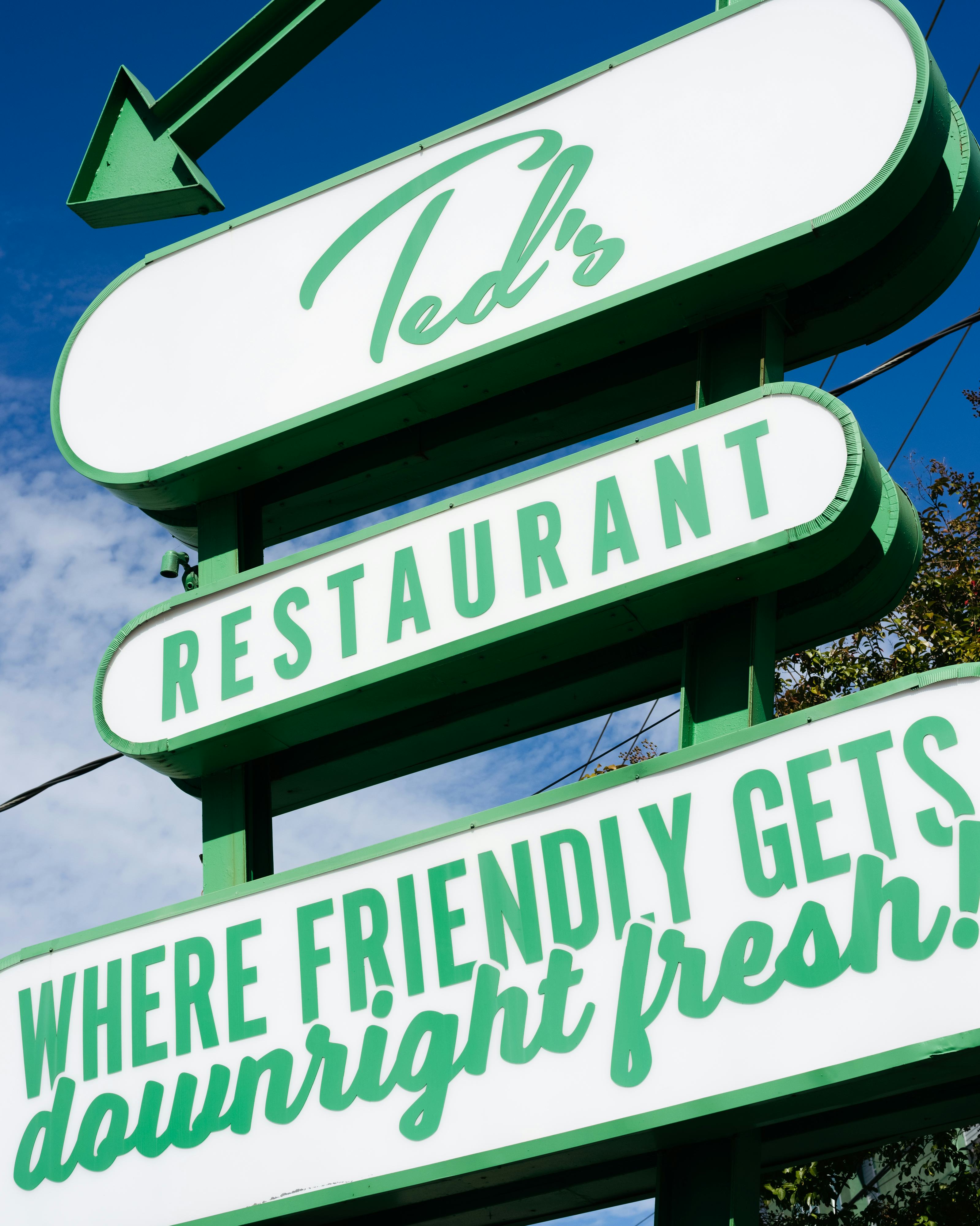
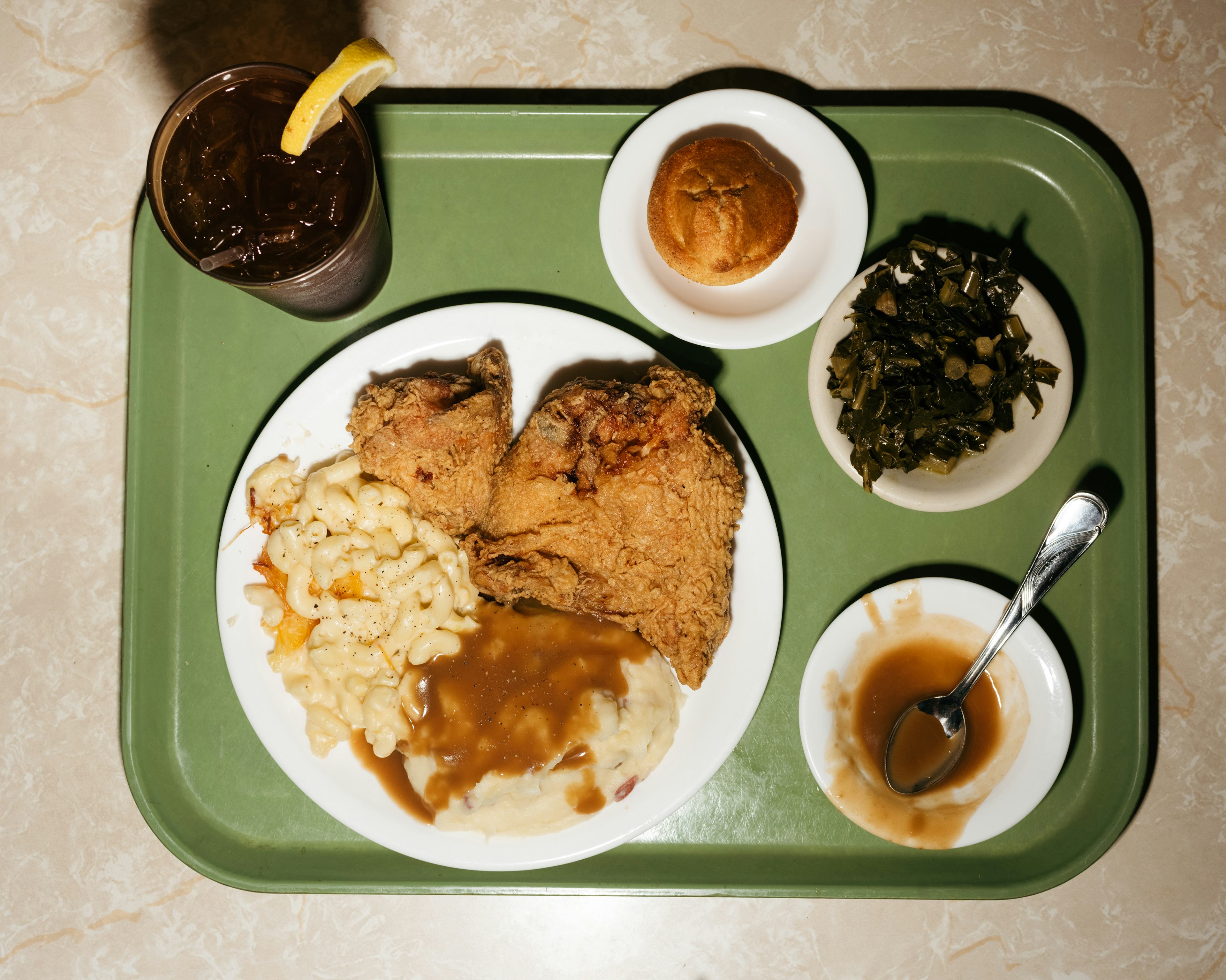
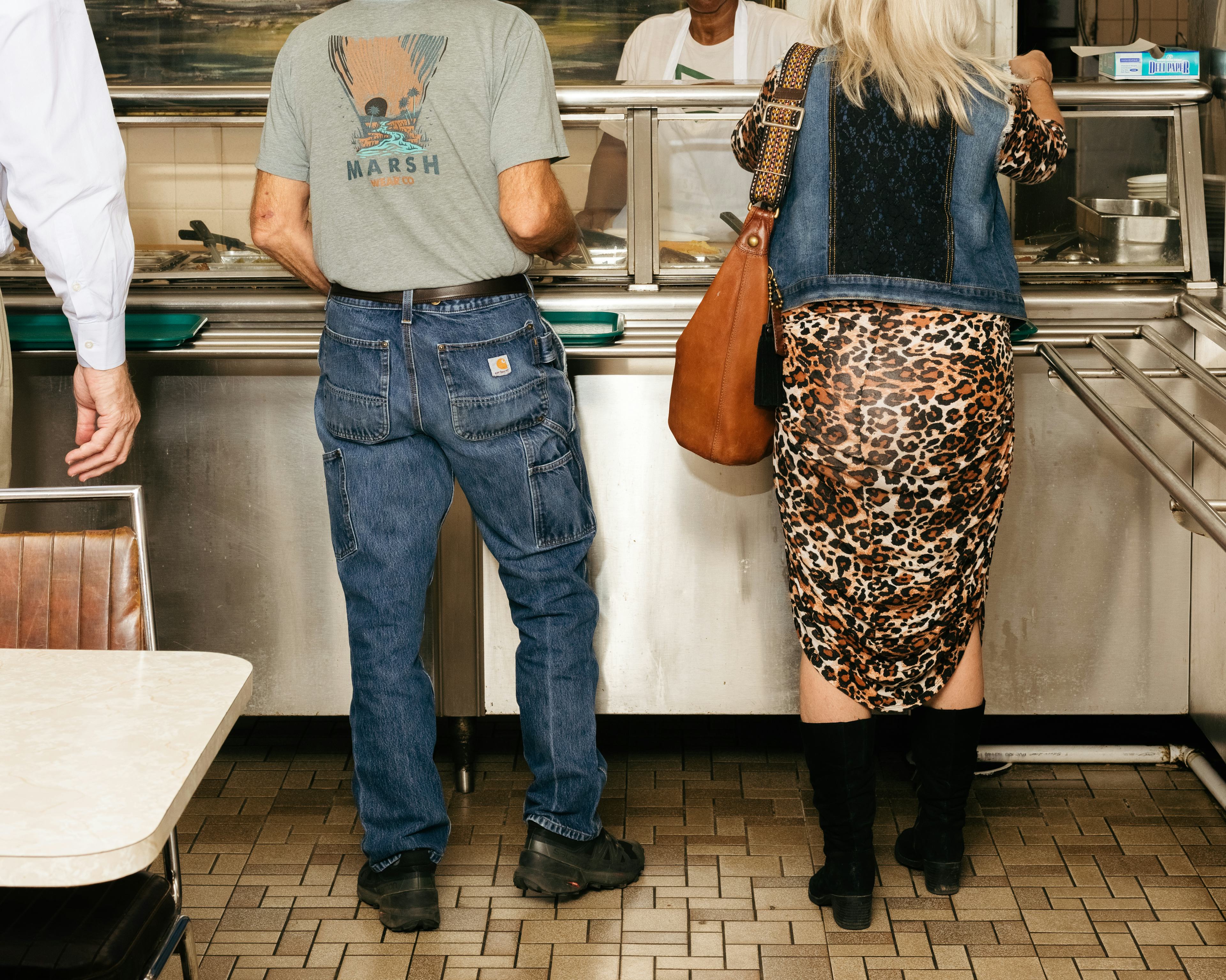
Day 2
Southwest of the city, the Cahaba meanders for 140 free-flowing miles, flanked by conservation lands like the Cahaba River National Wildlife Refuge (miles of good hiking trails). It holds more native fish species than any similarly sized river in North America. Fly-anglers frequent shady, shallow spots, like along the Cahaba Riverwalk in Centreville. Bream and crappie are common catches, redeye bass more coveted.
Winter and spring are prime time for float trips, and the Cahaba River Society leads guided canoe outings, including in search of rare Cahaba lilies. Their ivory firework blooms last just a few weeks in May and June—any given flower’s petals last just 24 hours—so finding a stand feels magical. At Perry Lakes Park, a 100-foot observation tower surveys oxbow ponds from above the canopy. Nearby, Cahaba River Ranch
has boondock camping, hiking trails, river access and an orchard full of pecan, pear and fig trees.
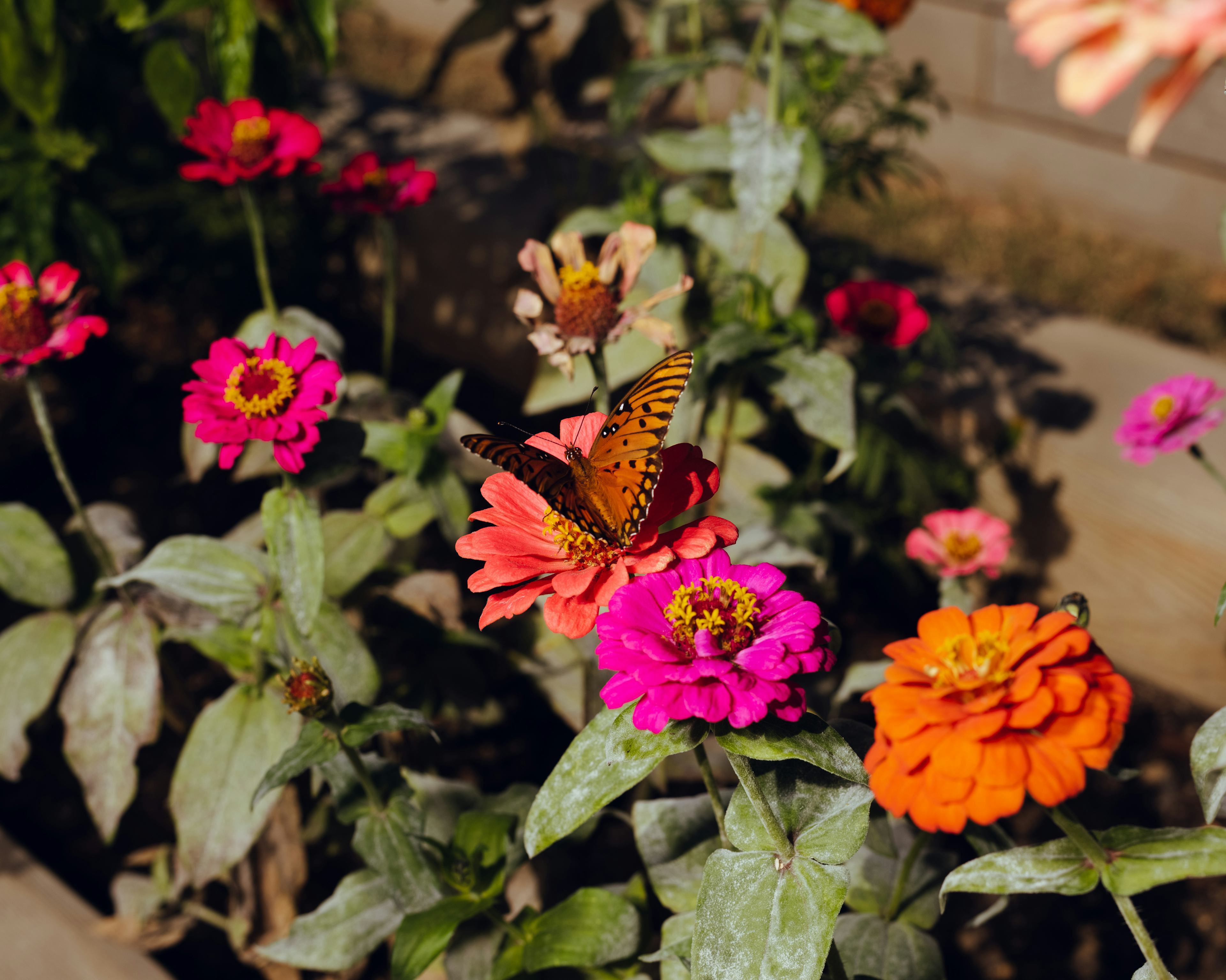
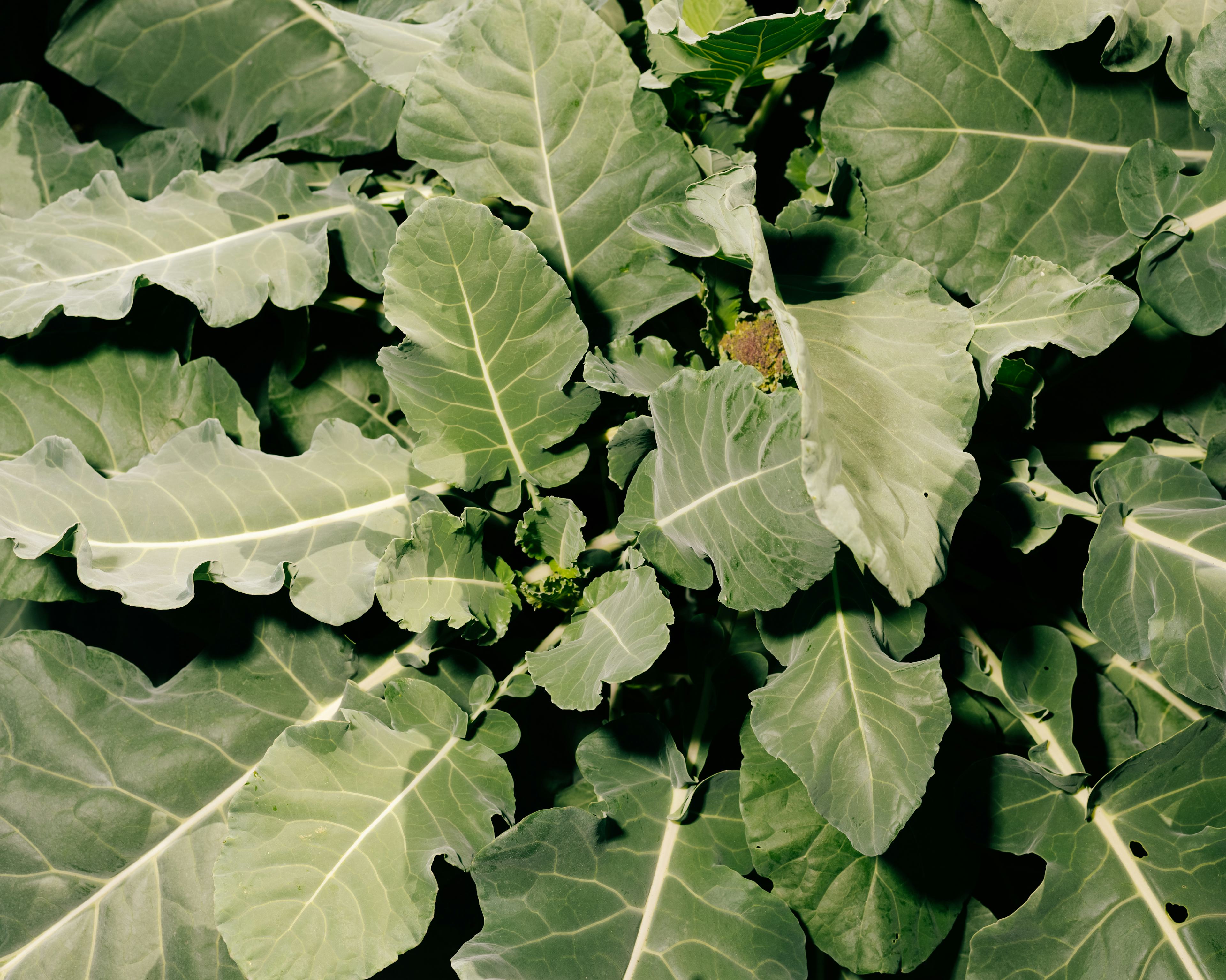
Day 3
On the way into Marion on State Route 14, the Heard Cemetery is the resting place of Jimmie Lee Jackson, whose murder by police in 1965 sparked the march from Selma to Montgomery. His gravestone is both flower-crowned and bullet-pocked, suggesting the pangs of the Black Belt’s history.
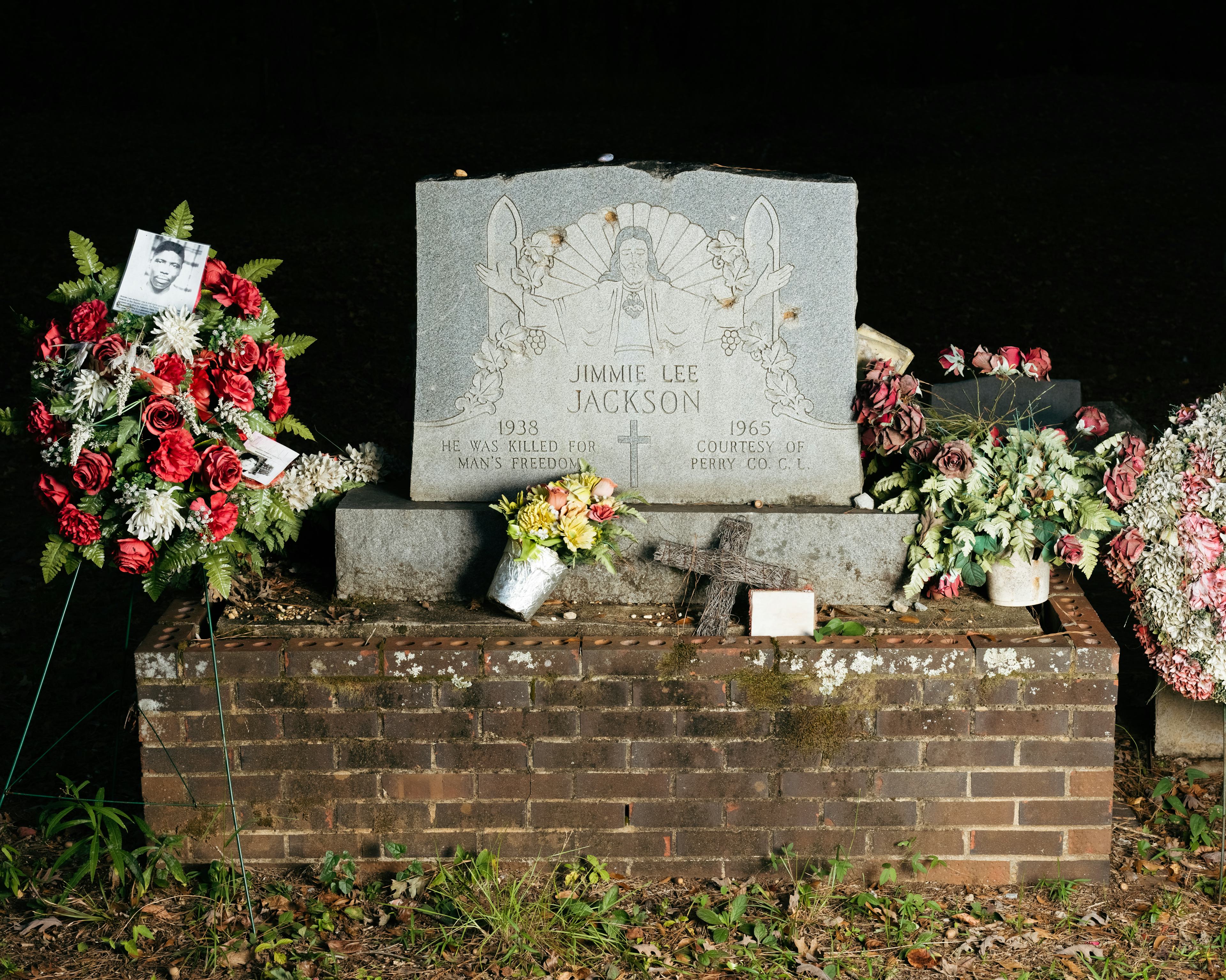
State Route 5 leads past small farms to Alberta’s Freedom Quilting Bee Legacy museum, where civil rights activists and sharecrop- pers founded a women’s co-op in 1966. When department stores and designers took a liking to the bold, geometric patterns, it empowered Black Belt families in an era of segregation and disenfranchisement. Find more quilts at the Gee’s Bend Welcome Center, where a car ferry crosses the wide Alabama River.
On the far side, in Camden, black-bottom pie at the Gaines Ridge Dinner Club is a tower of chocolate, whipped cream, and rum-cream custard. The restaurant is an antebellum man- or, circa 1827, another reminder of the past’s persistence along Alabama’s backroads.
